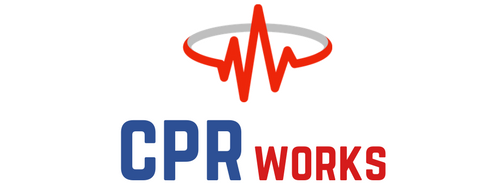Heroin – AKA – smack, horse, brown sugar, dope, H, junk, skag, skunk, white horse, China white and Mexican black tar.
Heroin is highly addictive and an overdose is real and can be fatal.
What is heroin? It is an opiate which is derived naturally from the flowers of the poppy plant or synthetic substitutes. It is a white to dark brown powder or tar like substance.
Heroin can be injected into the vein (mainlining), injected into a muscle, placed on tinfoil and inhaled as smoke through a straw, snorted as powder via the nose or smoking. All of these are equally addictive and cause some serious health problems.
Heroin enters the brain very quickly making it highly addictive. Over a period of time, the user develops a tolerance to the drug meaning that they will need more and more of the drug.
Heroin carries the risk of strong physical dependence when your body adapts to the drugs presence causing withdrawals. What are the symptoms of withdrawals? Symptoms include muscle and bone pain, diarrhea and vomiting when they stop using. Long time heroin users can begin to experience withdrawals as little as a few hours after use.
Heroin suppresses breathing which can cause an overdose and even death. Heroin often has additives that will not dissolve in the bloodstream which can cause a blood clot and travel to the lungs, liver, heart, or brain which is instantly fatal.
Naloxone is a special narcotic drug that reverses the effects of other narcotic medicines. Naloxone is used to reverse the effects of other narcotic drugs used during surgery or to treat pain. Naloxone may also be used to treat narcotic drug overdose or to diagnose narcotic drug addictions.
|
|
| uchealth.org |
Police, firefighters and other first responders now carry naloxone to help people who have overdosed. You can give naloxone via shot or nasal spray.
Symptoms of someone who may have overdosed include:
- Be breathing very slow or not breathing
- Have bluish or purplish lips or fingernails
- Be limp
- Be vomiting or gurgling
- Not wake up or respond if you try to rouse them
If a person shows signs of an overdose:
- Call 911 right away
- Begin rescue breathing if the person is not breathing
- Give the person naloxone if available
Naloxone can cause the person to go into withdrawal. He may:
- Throw up
- Shake fiercely
- Sweat
Make sure that the person is seen by a doctor if given naloxone.
In about 1/3 of the states and the District of Columbia, Good Samaritan laws protects a person who helps someone during an overdose.
Come take a CPR class and learn more about saving live.
Sources:
